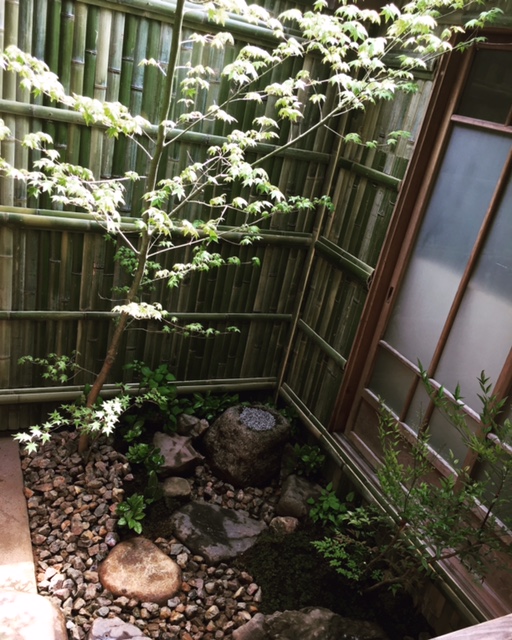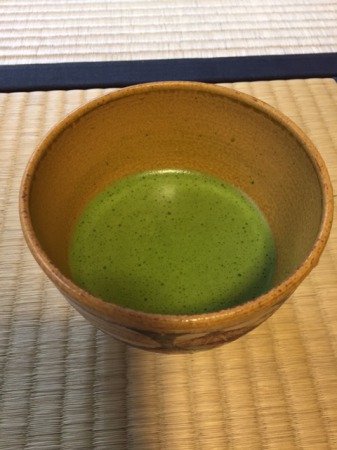How to find the best tea ceremony for you in Kyoto?
How to find the best tea ceremony for you in Kyoto?
Is it worth to go to a tea ceremony? – many visitors are considering the pros and cons of having a tea ceremony experience, when they are planning their trip to Kyoto.
Lets share some thoughts and some insight to help you decide, if it suits you or not and how to find the best experience for you.
Time
Tea ceremony experiences are about 45-90 min, which is not that short, considering that people are usually spending only 1-2 days in Kyoto.
So what is the reason to go? We can say that tea ceremony is a ‘compact artform’,
which means you can learn about calligraphy and wall scrolls, cha-bana (flowers for tea room) , pottery (tea utensils) at the same time.
Only at few places, but you can also try wearing kimono during the tea ceremony, so it can save you time too, because you can try it at the same place.
In this way it is an intensive immersion into the Japanese culture, so you can learn about many things at the same time.
It is worth to consider, that here is no central area in Kyoto, which means you should travel around in the city with bus or subway, so it takes time.
Therefore it is better if you choose a tea ceremony experience in the area what you would like to visit.
For example Kinkakuji (Golden Temple) is at the Northern area of Kyoto,
it takes about 50 minutes from Kyoto station to get there.
Because it is a ‘must see’, many people are coming just to see it – if you are there already,
you may consider to explore the area or go to a tea ceremony close to it.
Location
Of course you can drink matcha in a tea house or cafe shop, even prepare one for yourself after you bought the utensils.
But tea ceremony is not just about the tea itself, it begins when you open the front door of the house: What is your first impression, what kind of atmosphere is around you?
Is it a traditional, Kyoto style house or a modern one?
Is the master waiting for you in a kimono which pattern is fit to the season?
Can you smell the scent of tatami in the air?
If you look for an authentic experience, be sure if it is a traditional house.
If you don’t stay in a machiya house as your accomodation, this can be a great chance to experience a traditional Japanese house from inside.
Mentality
During your travel, how many times do you have the chance to talk with local people and learn about their mentality and world view?
Tea ceremony is not only about how to consume or prepare the tea, but it is the gateway to the mentality of Japanese people.
There are many principles used in tea ceremonies reflects in the everyday life too, so it is a great chance if you would like to know more about how people are living in Japan.
At some point you can also ask questions if you would like to know more.
Deeper knowledge
After a meaningful tea ceremony experience you will be able to recognize the tea utensils and know how to use them.
You can tell the basic principles of the way of the tea.
If you go to a souvenir- or other shop, you will be able to recognize the tools used and see the difference between matcha and other type of tea.
If you consider the points above, you can conclude if a tea ceremony experience is worth it for you and what kind of ceremony and where you would like to have.
Have a good time!









